What's the meaning of the Tilde »
Tilde
This page is about the meaning, origin and characteristic of the symbol, emblem, seal, sign, logo or flag: Tilde.

The tilde (/ˈtɪldə/, /ˈtɪldi/; ˜ or ~ or "Squiggly" ) is a grapheme with several uses. The name of the character comes from Portuguese and Spanish, from the Latin titulus meaning "title" or "superscription", though the term "tilde" has evolved and now has a different meaning in linguistics. Some may refer to it as a "flourish".
It was originally written over a letter as a mark of abbreviation, as a "mark of suspension", shown as a straight line when used with capitals. Thus the commonly used words Anno Domini were frequently abbreviated to Ao Dñi an elevated terminal with a suspension mark placed above the "n". Such mark could denote the omission of one letter or several letters. This saved on the expense of the scribe's labour and the cost of vellum and ink. Mediaeval European charters written in Latin are largely made up of such abbreviated words with suspension marks, with few being given in full, generally only uncommon words. It has since acquired a number of other uses as a diacritic mark or a character in its own right. These are encoded in Unicode at U+0303 ◌̃ combining tilde and U+007E ~ tilde (as a spacing character), and there are additional similar characters for different roles. In lexicography, the latter kind of tilde and the swung dash (⁓) are used in dictionaries to indicate the omission of the entry word.
This symbol (in English) sometimes means "approximately", such as: "~30 minutes ago" meaning "approximately 30 minutes ago". It can mean "similar to", including "of the same order of magnitude as", such as: "x ~ y" meaning that x and y are of the same order of magnitude. Another approximation symbol is ≈, meaning "approximately equal to."
In some languages, the tilde is used as a diacritical mark ( ˜ ) placed over a letter to indicate a change in pronunciation, such as nasalization.
It was first used in the polytonic orthography of Ancient Greek, as a variant of the circumflex, representing a rise in pitch followed by a return to standard pitch.
- 11,384 Views
Graphical characteristics:
Asymmetric, Open shape, Monochrome, Contains both straight and curved lines, Has no crossing lines.
Category: Miscellaneous.
Tilde is part of the Punctuation group.
More symbols in Punctuation:
Punctuation marks are symbols that indicate the structure and organization of written language, as well as intonation and pauses to be observed when reading aloud. In written English, punctuation is… read more »
More symbols in Miscellaneous:
Symbols without any special category attribution but that are widely used worldwide. read more »
Citation
Use the citation below to add this symbol to your bibliography:
Style:MLAChicagoAPA
"Tilde." Symbols.com. STANDS4 LLC, 2025. Web. 4 Feb. 2025. <https://www.symbols.com/symbol/tilde>.


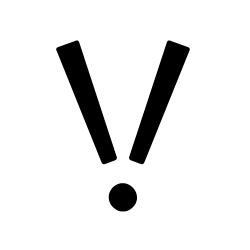
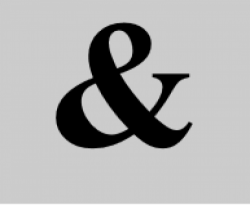
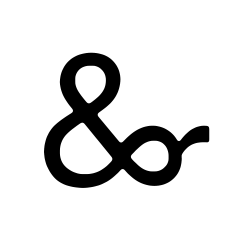
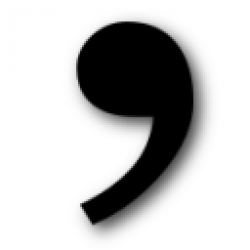
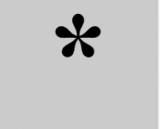
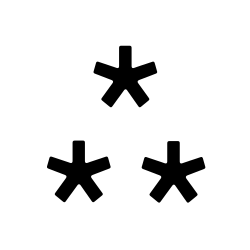
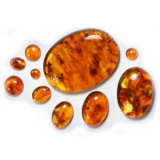
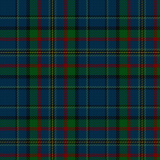
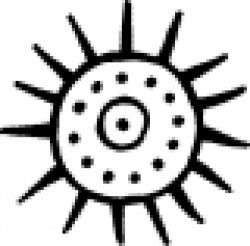

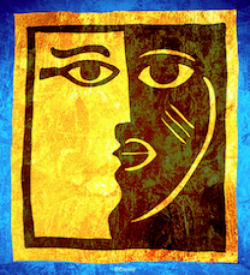
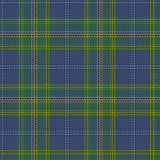




Have a discussion about Tilde with the community:
Report Comment
We're doing our best to make sure our content is useful, accurate and safe.
If by any chance you spot an inappropriate comment while navigating through our website please use this form to let us know, and we'll take care of it shortly.
Attachment
You need to be logged in to favorite.
Log In